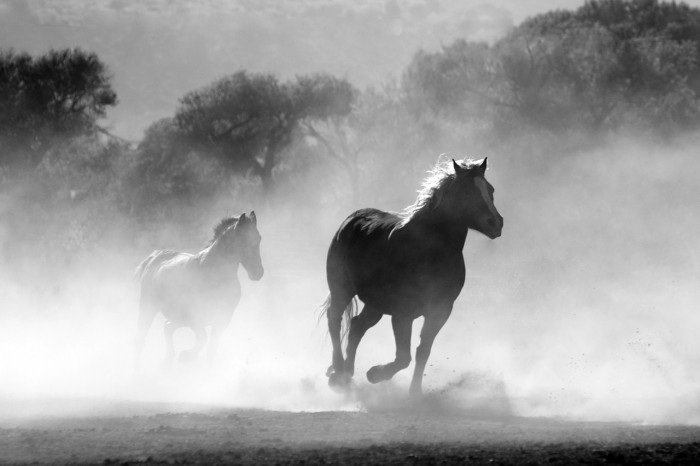
Musculoskeletal disease in aged horses and its management
Lameness is the principal reason for euthanasia of geriatric horses. Chronic joint disease (OA) and chronic hoof problems (chronic laminitis) are the most prevalent sources of lameness. From the perspective of equine welfare the recognition of the lameness is important. Unfortunately the owner is not always aware of the horses pain problems.
The two major symptoms of O.A. are mechanical changes in the affected joint and inflammation. This creates cartilage damage of the joints. Unfortunately no known therapy is successful in regenerating this cartilage. Repeated mechanical overload is a well known cause of O.A. The peak load on the horses lower limb during movement has shown to be 15% less in unshod hooves in comparison to steel-shod hooves. The focus of this review is on the clinical aspects and related care of these disorders via pain management.
Treatment of O.A. consist of:
- Local medication treatment of the effected joints
- Pain management
- Support treatment such as farriery
- Physiotherapy
- Exercise management
This treatment is palliative and does not treat the underlying disease process. Optimization of joint stability and proprioception is important to prevent mechanical changes and overload of the horses lower limbs. This becomes more important for the geriatric horse that also coops with neuromuscular changes such as decrease in strength and reduction of coordination. Physiotherapy may assist in optimization of the horses movement.
Laminitis in aging horses is often associated with PPID. When this is the case the PPID needs to be treated as well. Immediate medical treatment of flare-ups, longterm pain management, and adaptation of (exercise) management and living conditions form the mainstay of treatment of O.A. in geriatric horses. Laminitis in the geriatric horse is related to pituitary dysfunction in many cases, which has an increased prevalence with age. The goal of the treatment is to attain a stable situation that will have the least possible impact on equine welfare.
> From: Weeren, van et al., Vet Clin Equine 32 (2016) 229-247. All rights reserved to Elsevier Inc.. Click here for the online summary.


